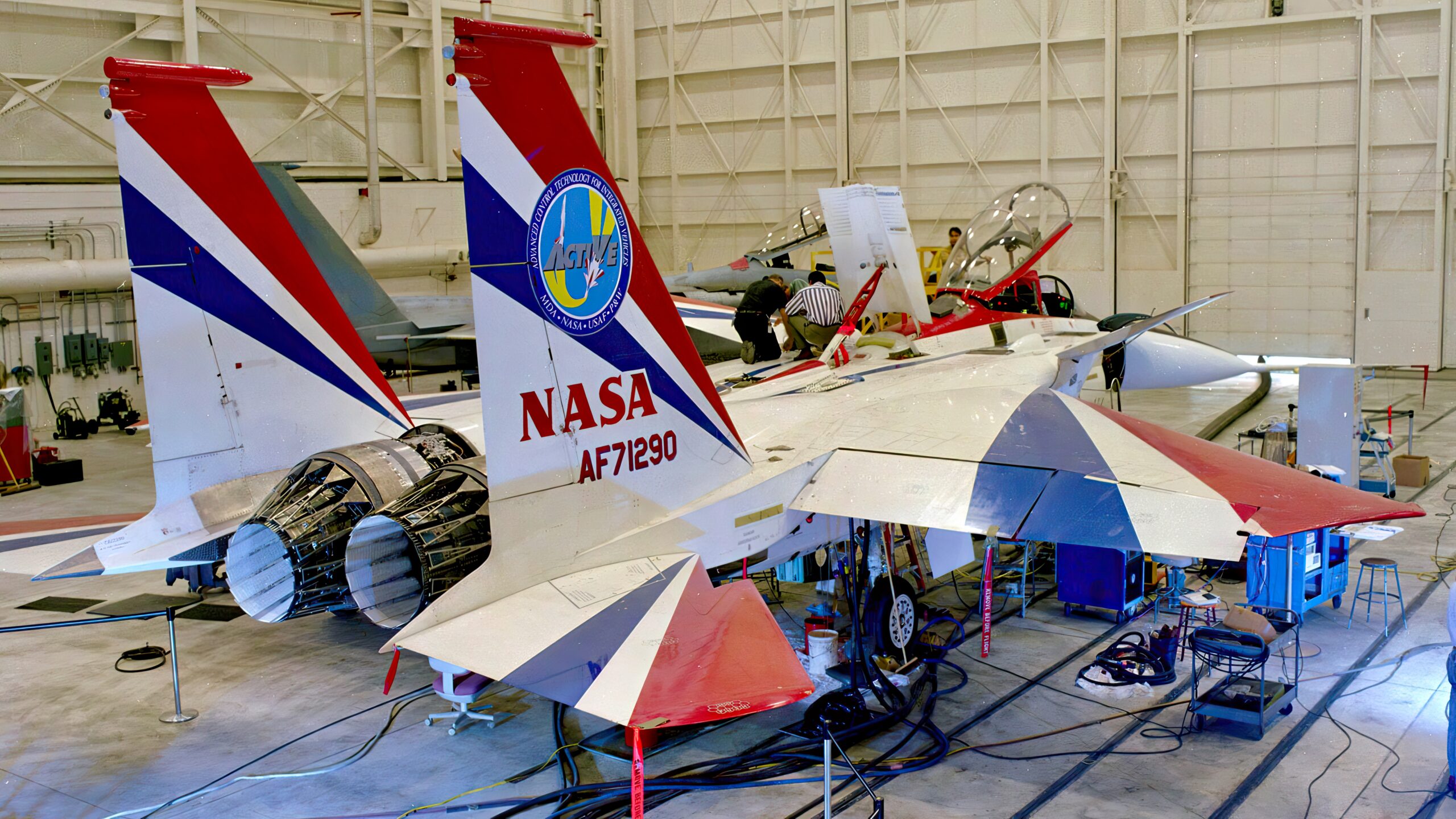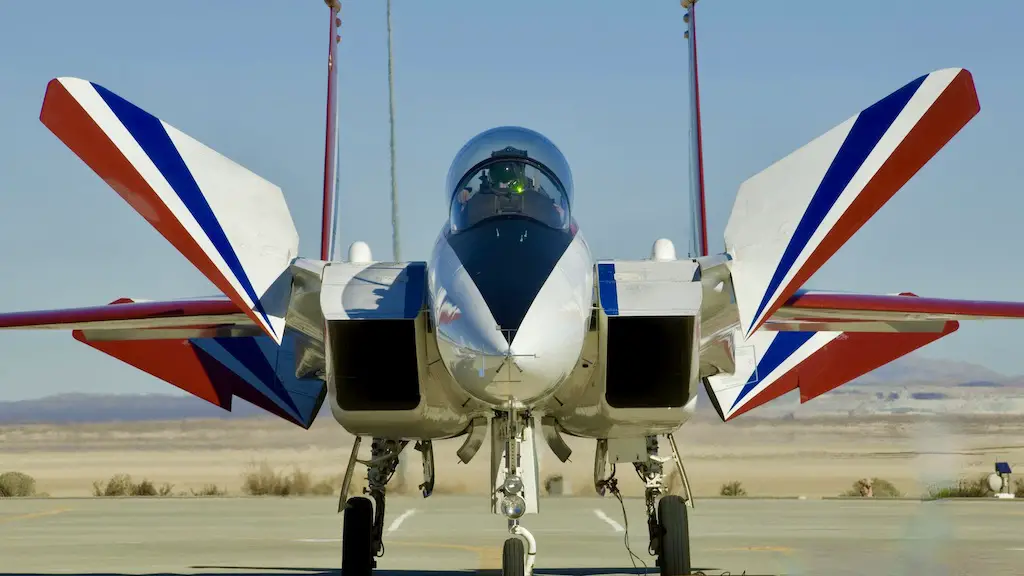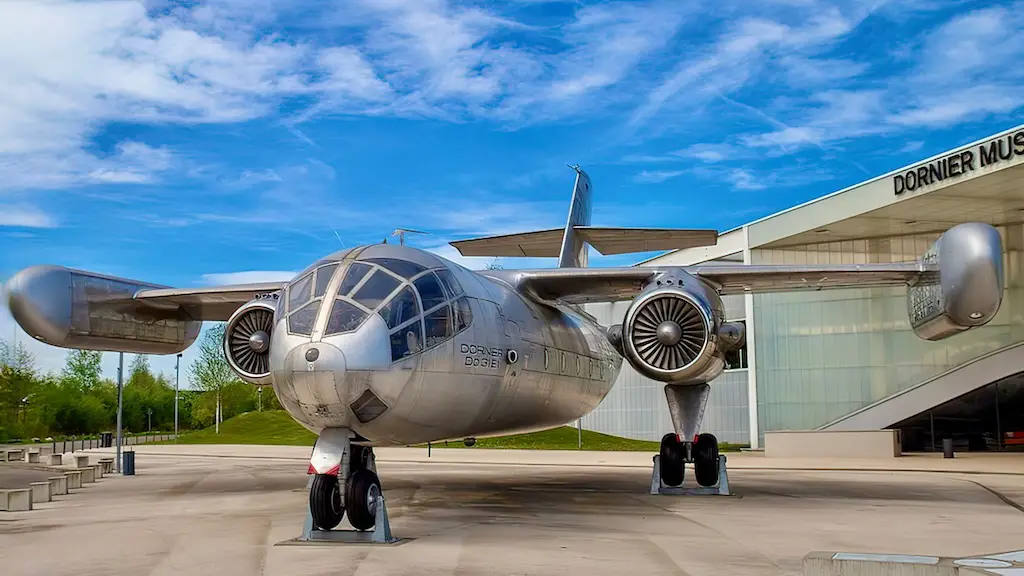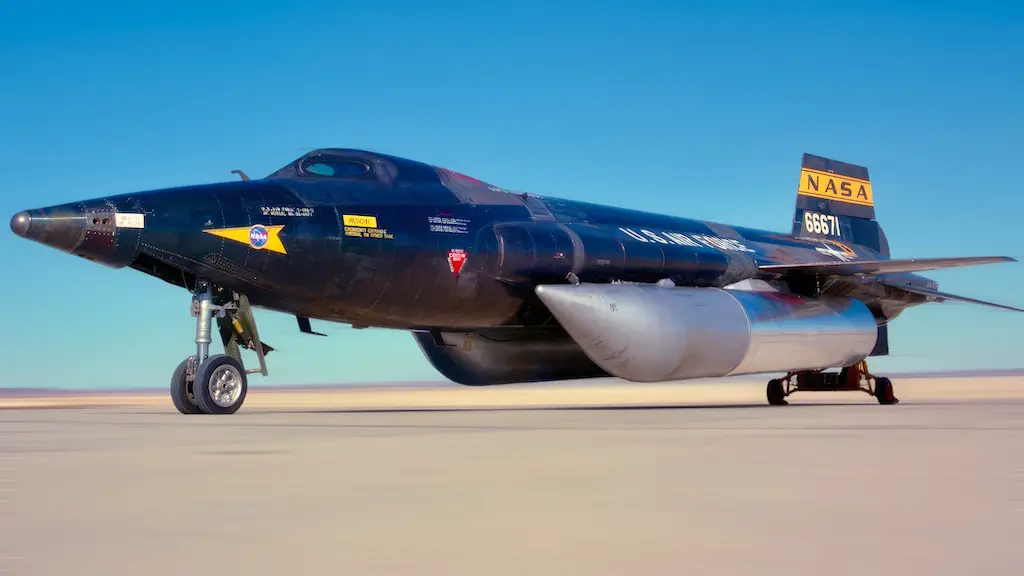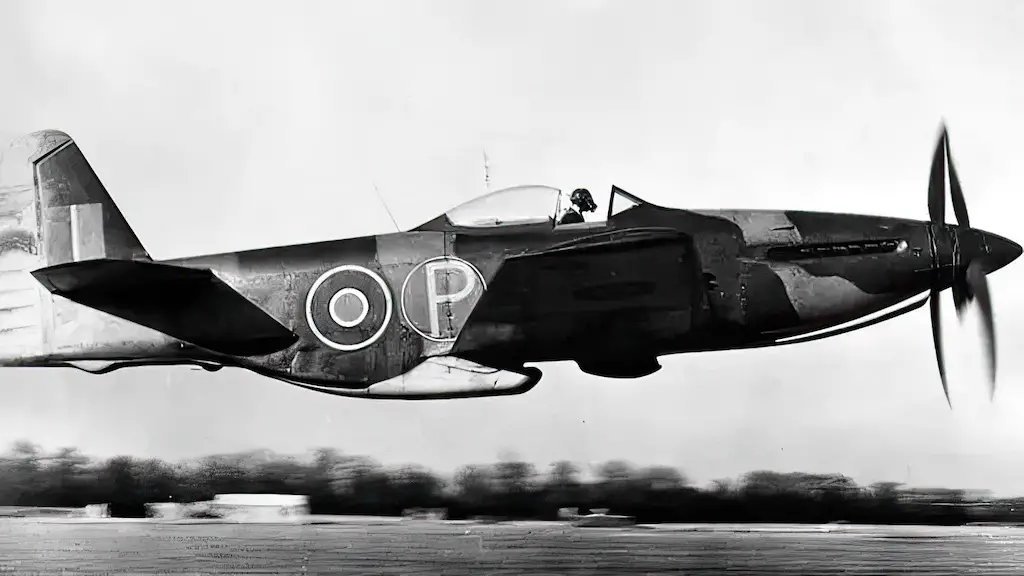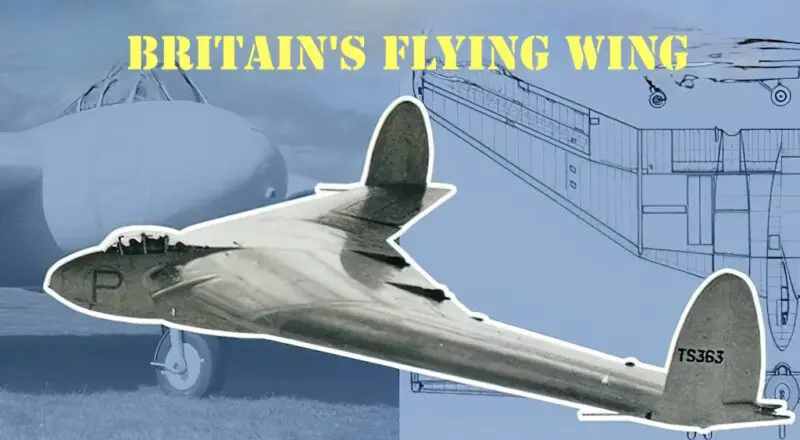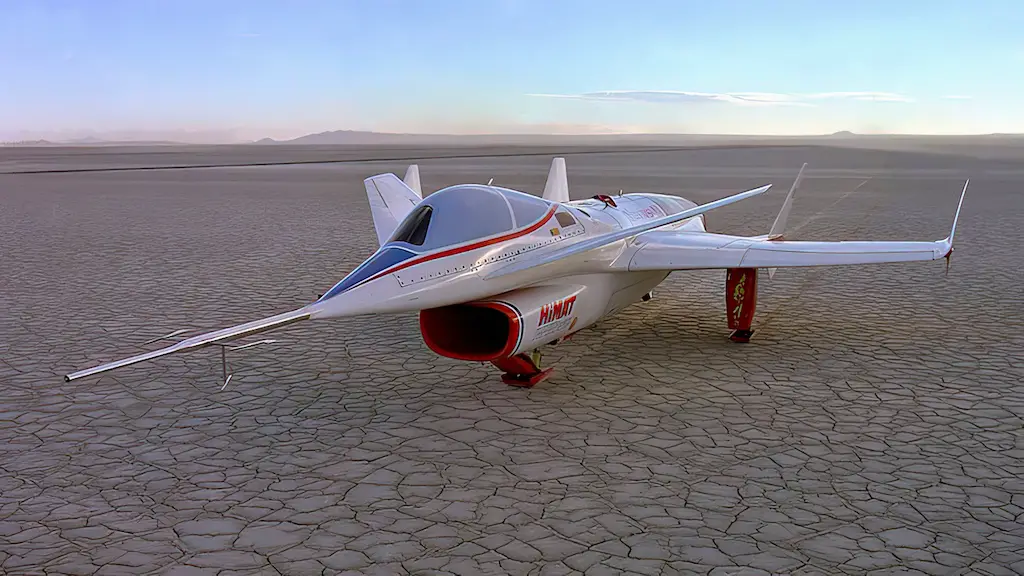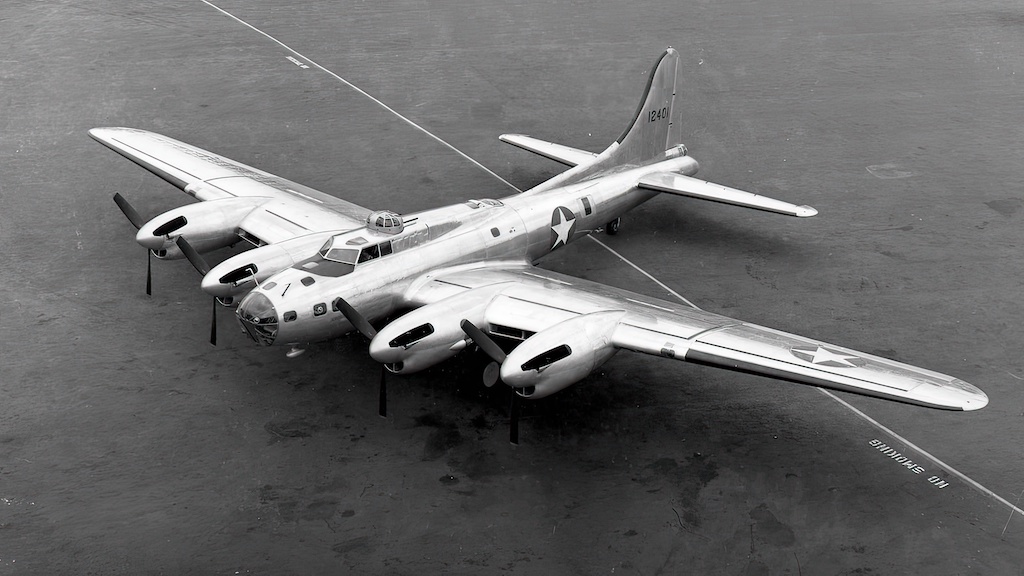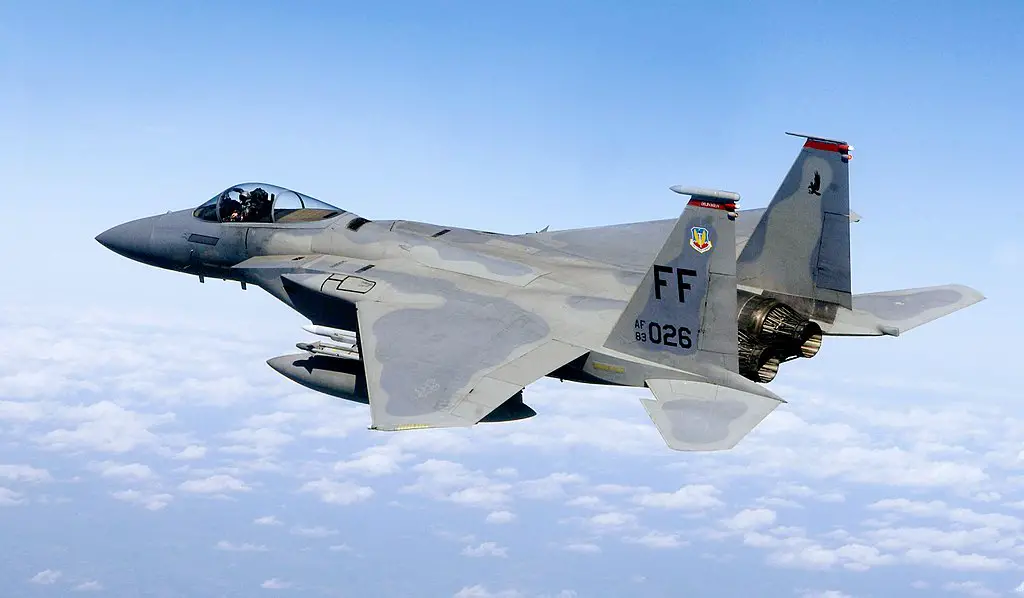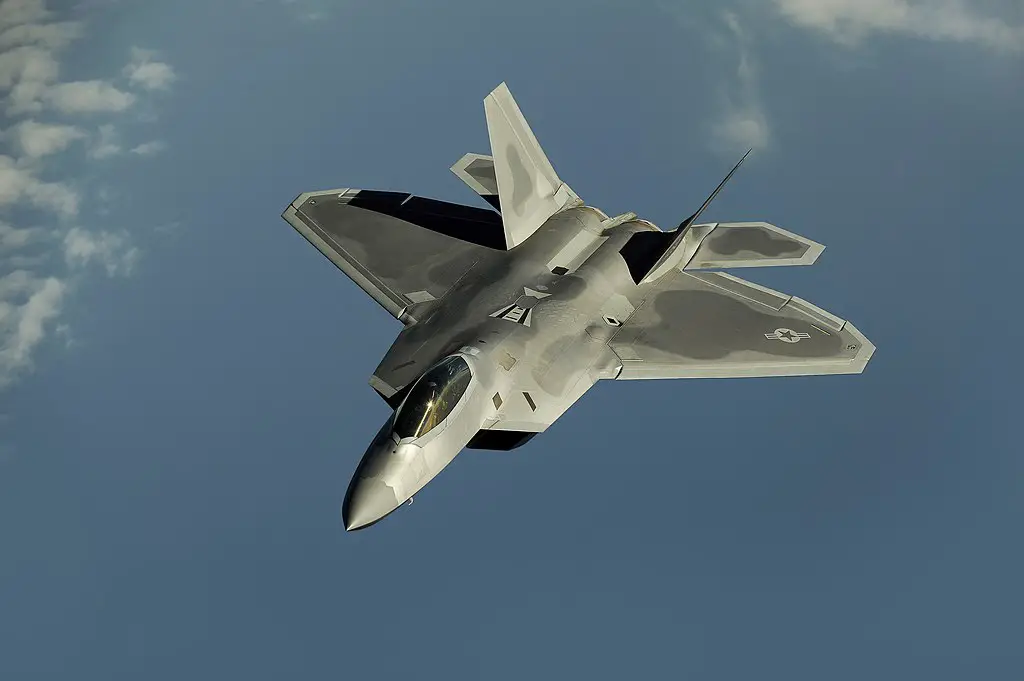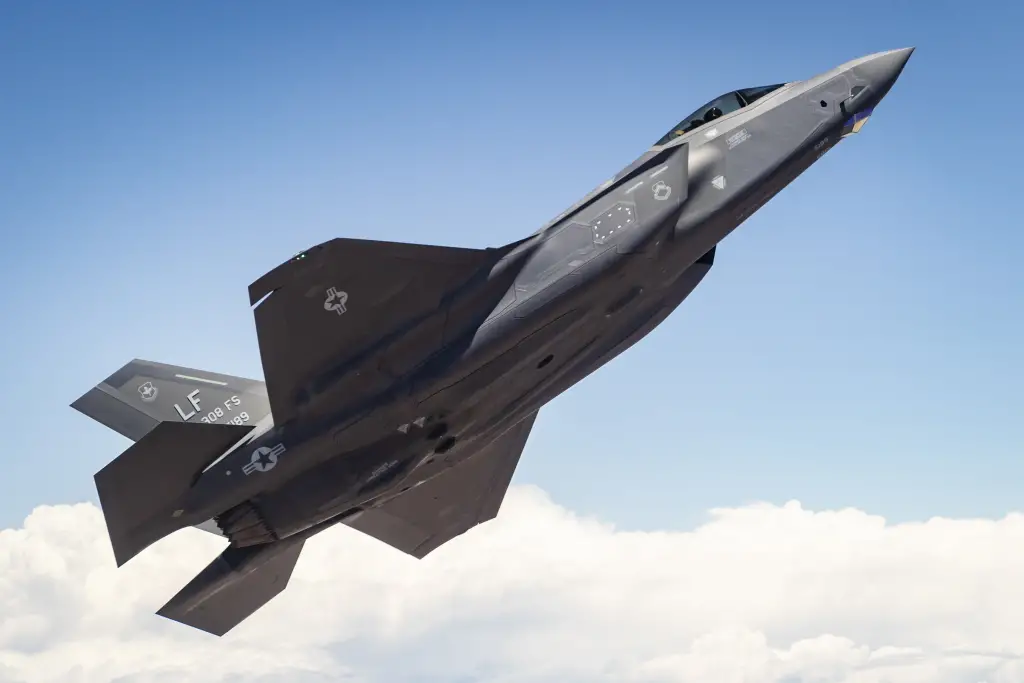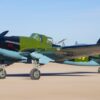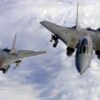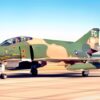Unveiling a Technological Powerhouse
Amid the tension of the Cold War era, a sheer necessity for innovative technology and redefining aviation led to the conception of the McDonnell Douglas F-15 STOL/MTD. An audacious answer to the challenging demands of the 1980s aerospace landscape, the STOL/MTD – an acronym for Short Takeoff and Landing/Maneuver Technology Demonstrator – marked a watershed moment in aircraft design.
The aerospace titan McDonnell Douglas undertook the creation of the F-15 STOL/MTD, a modified version of one of the most successful jet fighters in history, the F-15 Eagle. This distinctive STOL/MTD variant stood as a special class unto itself, serving as an experimental platform promising to revolutionize aeronautical capabilities.
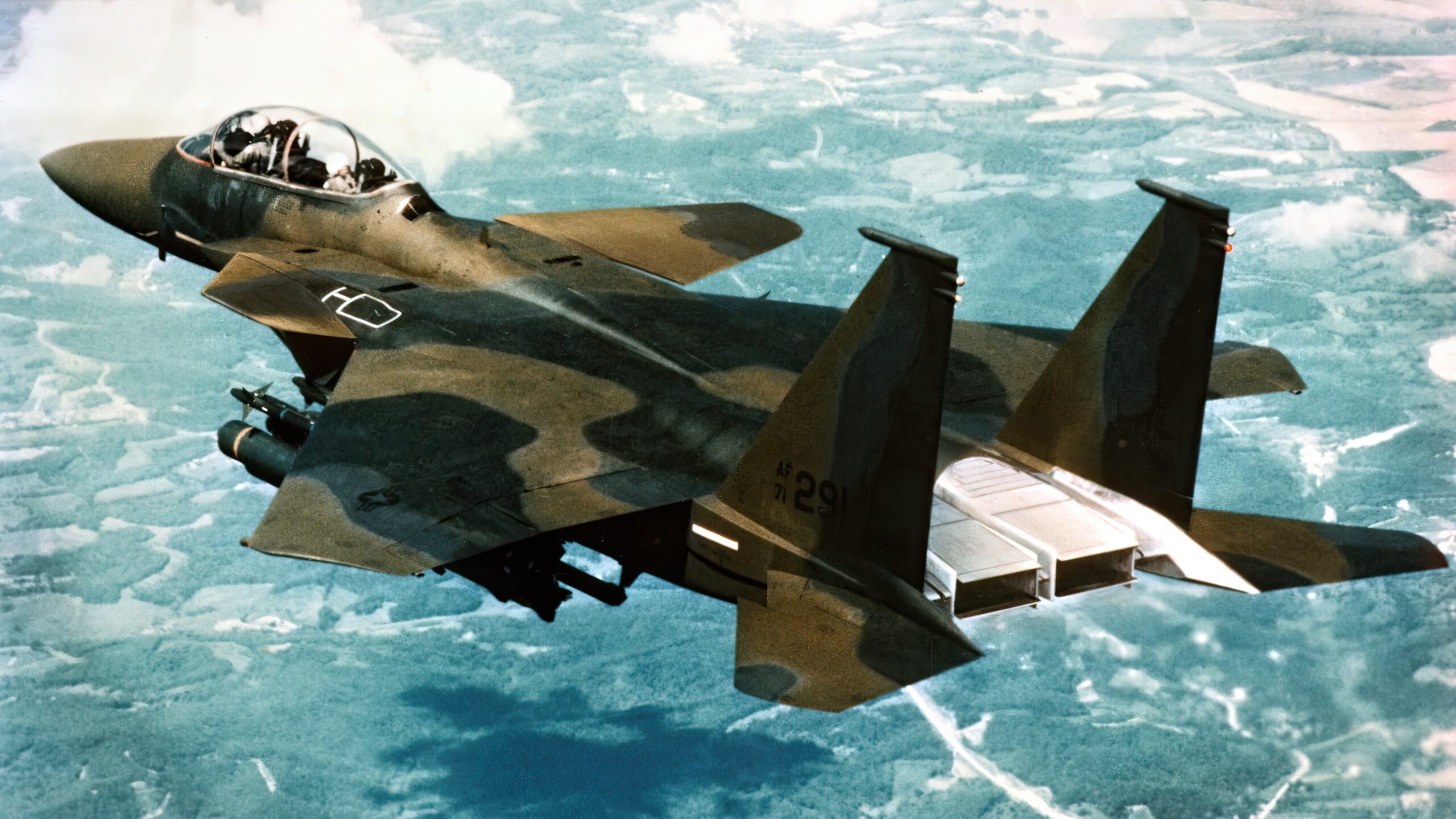
The Mighty Canards
The F-15 STOL/MTD boldly incorporated distinct additions to its design, one of which was the installation of canards – small forewings situated ahead of the main wings. These canards didn’t just add an aesthetic element; they fundamentally transformed the aircraft’s aerodynamics, bestowing upon it a degree of maneuverability unrivaled by its contemporaries.
Working in perfect harmony with the aircraft’s thrust vectoring engines, the canards enhanced pitch control. Consequently, the STOL/MTD emerged as an incredibly nimble machine, capable of executing tight turns and extreme maneuvers while preserving control. For the pilots, it became the realization of a dream – an aircraft that responded to their every command with unparallelled agility.
The Strategic Imperative for STOL/MTD
One might ask, what compelled this venture? The answer lies in the battlefield’s dynamic nature. The ability to takeoff and land on short runways affords a strategic advantage, especially in situations where standard-length runways may be damaged or unavailable. Furthermore, the extraordinary maneuverability of the F-15 STOL/MTD opened a new playbook of tactics for pilots to leverage in aerial combat.
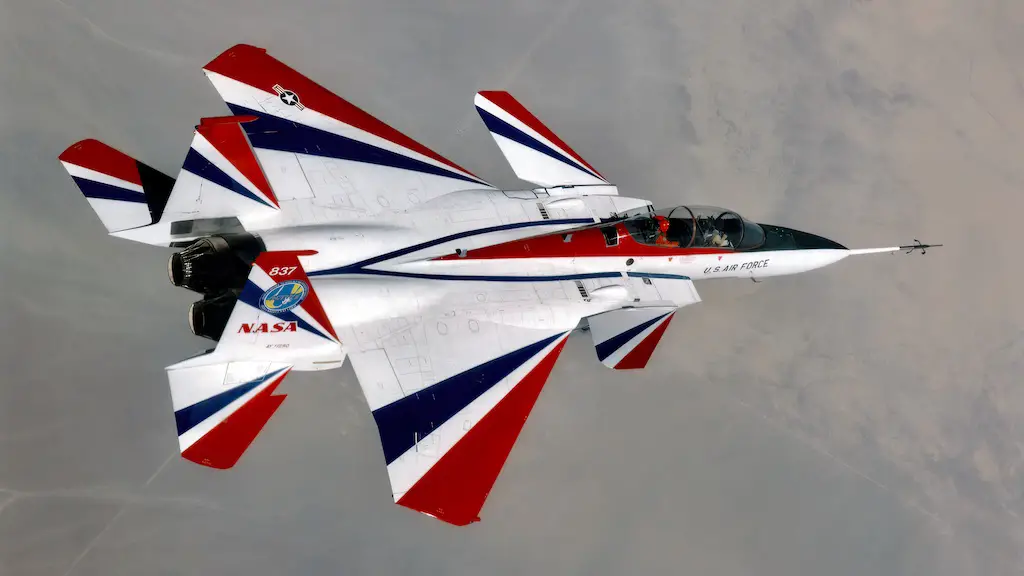
Canards – A Noteworthy Absence in Standard F-15s?
Despite the obvious benefits, not all F-15s came with canards. The reason is three-pronged. Firstly, the F-15 STOL/MTD primarily served as an experimental technology demonstrator, which didn’t intend its unique design for mass production. Secondly, installing canards on an aircraft demands substantial redesign and recalibration of its flight control systems – a complex and costly process. Lastly, while canards augment maneuverability, they can also introduce aerodynamic complications, including potential stability issues, rendering them a less viable option for specific missions.
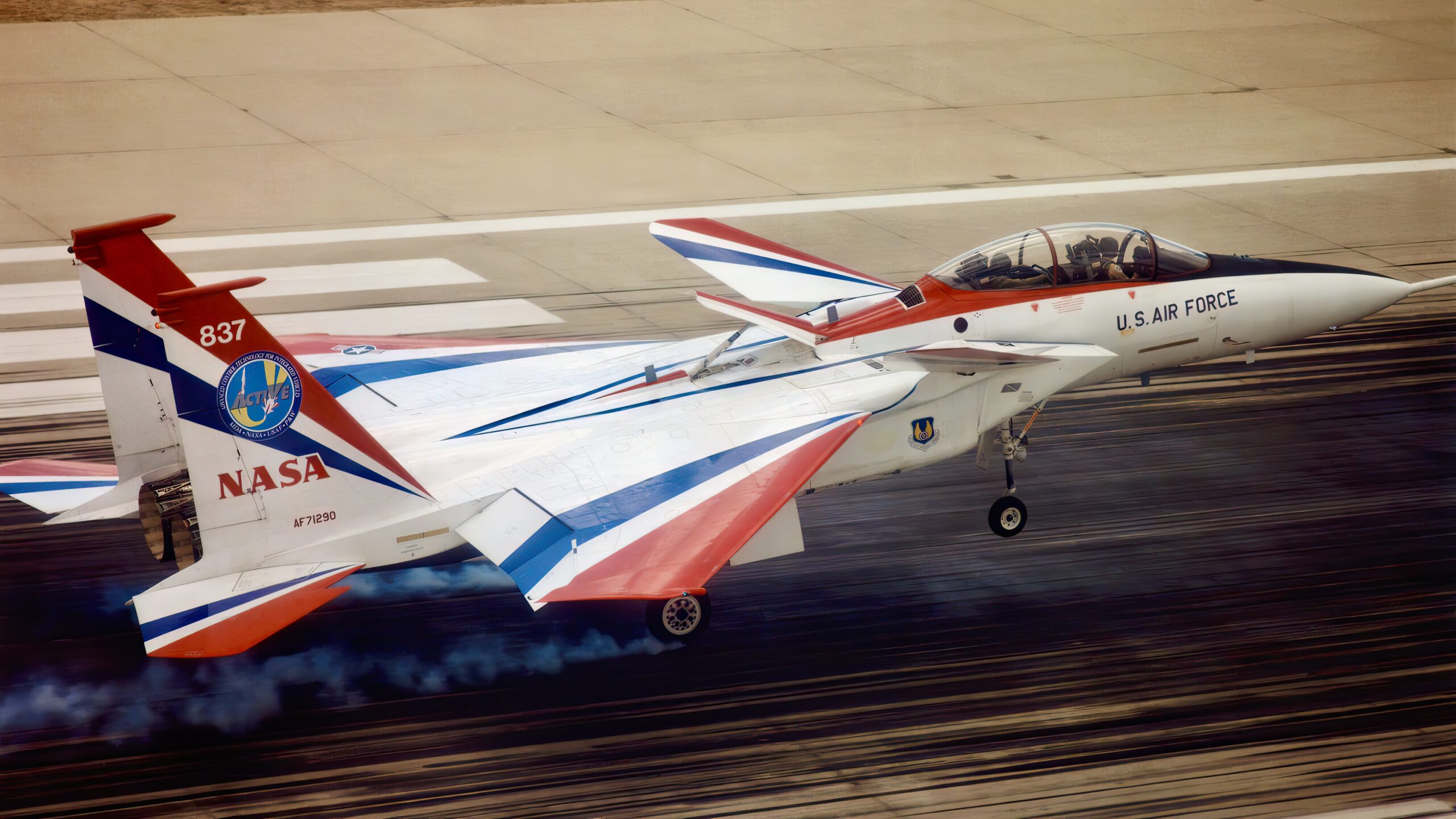
The Everlasting Impact of the F-15 STOL/MTD
Though the F-15 STOL/MTD’s operational lifespan might have been relatively brief, its influence remains profound. The project substantially contributed to advanced flight control technology development and enriched our understanding of STOL characteristics in high-performance aircraft. It represented a pivotal step towards the inception of modern aircraft we witness today, such as the F-22 Raptor and F-35 Lightning II.
Reflecting on its journey, the F-15 STOL/MTD emerges as a distinct amalgamation of audacity and engineering – a daring stride that has redefined aviation’s boundaries.
